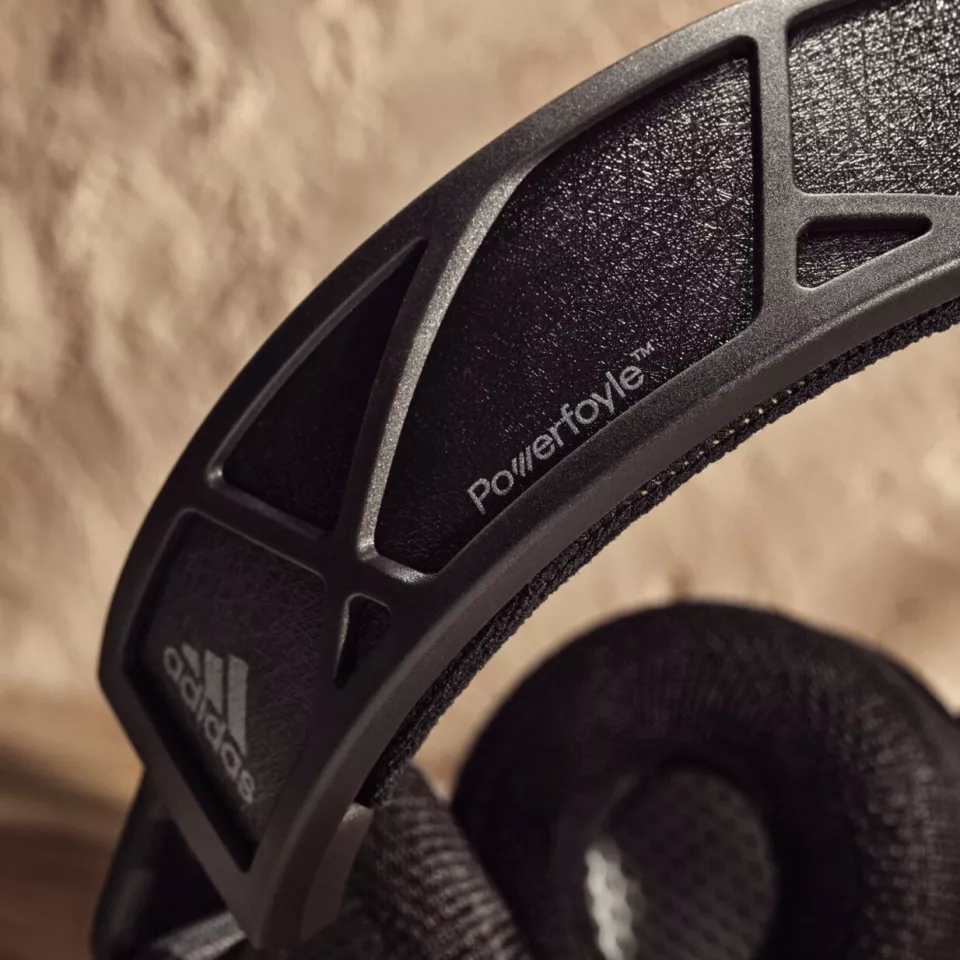Sporting brand adidas has become the latest company to employ Powerfoyle solar-charging technology to keep the wireless music playing. The RPT-02 SOL wireless headphones have also been made using post-consumer recycled plastic.
The release of the RPT-02 SOL headphones follows last week's launch of the Phoenix true wireless earphones from Urbanista, which rock the same Powerfoyle light cell technology from Exeger but on the charging case instead of the buds themselves. Both models have been developed and manufactured by Sweden's Zound Industries, which also has Marshall as one of its licensed brands.
The Powerfoyle material covering the headband of the adidas on-ears is reported capable of harvesting energy from both natural and artificial light, which can then be used to recharge the onboard battery. That battery is reckoned good for up to 80 hours of playback, with the company promising "close to unlimited playtime when exposed to light."

Just over half of the material used in the headphones is plastic, and some 87% of that is sourced from post-consumer recycled PC-ABS and nylon. They're IPX4-rated sweat- and splash-proof, and components that come into contact with body parts – the inner headband and ear cushions – can be removed and popped in the wash to freshen them up after a heavy workout session at the gym.
There's an indicator on the headband to help users seek out the strongest light source, control is via a 5-way knob plus an app-programmable action button, and listeners pair to a mobile music source over Bluetooth 5.2, though codec support hasn't been revealed.
Unusually for a headphone launch, there's no mention of the kind of sound delivery you can expect here, but they rock bigger (and presumably better) dynamic drivers than their generally well-received 2019 non-solar predecessors and also feature a cooked-in microphone for taking calls and chatting with voice assistants.
The new adidas solar-charging headphones are available from August 23 in gray/yellow for US$229.
Product page: adidas RPT-02 SOL







